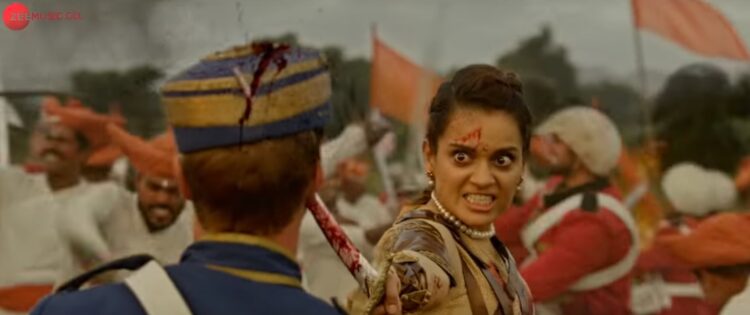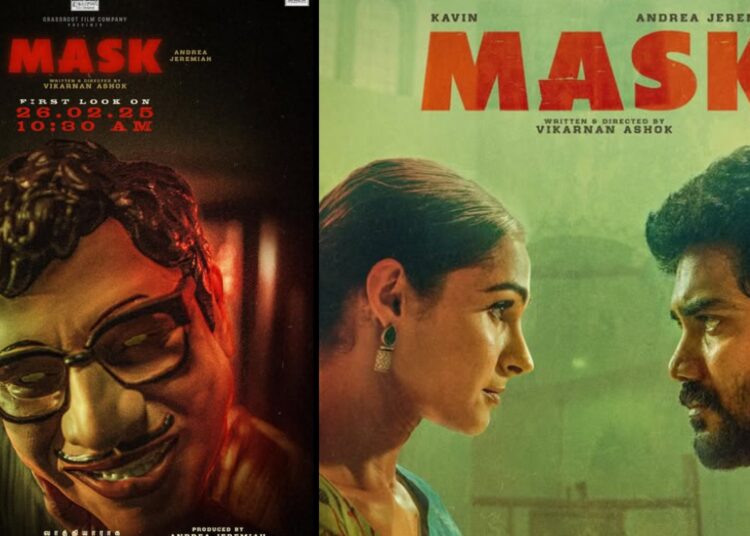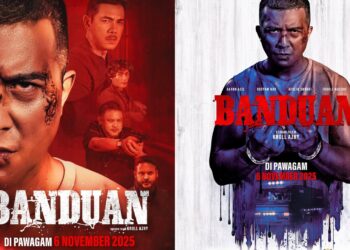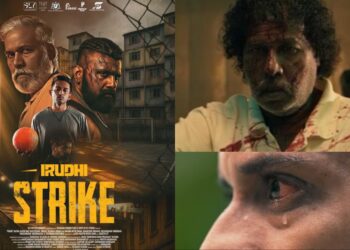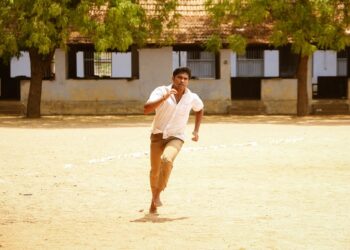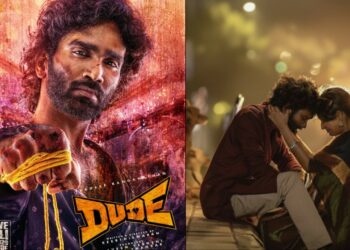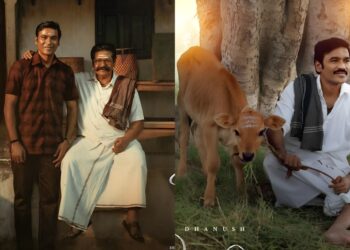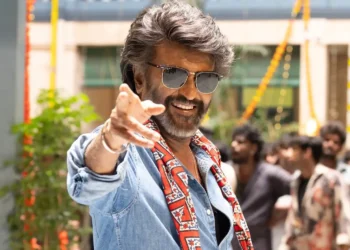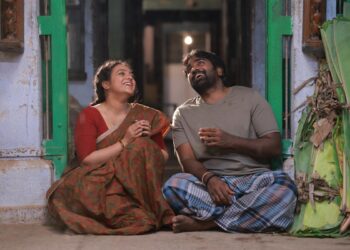Some spoilers ahead…
The story of Lakshmibai, Queen of Jhansi, a symbol of resistance — think of her as a real-life Princess Leia if you will, who not only ruled a kingdom with kindness and ferocity but also led troops deep into unforgiving battlefields — has transcended history and become almost mythical. There are stories of Lakshmibai taking down vile British soldiers with her 10-year-old son strapped to her back. There are poems about how she would carry a sword in each hand and ride her horse with the reins between her teeth. Tales that feel biblical, like they’re taken right out of the Mahabharata.
And it is these myths that the Kangana Ranaut-Krish co-directed film, Manikarnika: The Queen of Jhansi is based on. It, similar to Mel Gibson’s Braveheart, doesn’t aim for historical authenticity — it isn’t a documentary, after all — but to take you on a sweeping journey following a legendary character who inspired a nation.

The opening scenes reminded me of Brave (yes, the Disney movie). And in more ways than one, this turned out to be the Brave that I actually wanted to see. We see a young, highly capable lady whose interest doesn’t lie in the kitchen, but outdoors, wielding a weapon. We see her take down a tiger (but not killing it) that has been harassing a neighbouring village. She is of course, Manikarnika. We also see her take on her three male relatives and in a swordfight. She defeats them almost effortlessly — at one point, she leaps on an Elephant like Legolas from The Lord of the Rings — with a smile on her face.
She’s playful, bubbly and perspicacious. The first sign of deep emotion only shown when her father and guardian serenade a beautiful song — Bharat — about Mother India that brought genuine tears to my eyes (Shankar-Ehsaan-Loy’s musical scores and soundtracks are stellar throughout). Manu loves her country with broiling, undying passion. The story kicks in when Manu is married off to the king of Jhansi. The city names her Lakshmibai, Jhansi ki Rani.
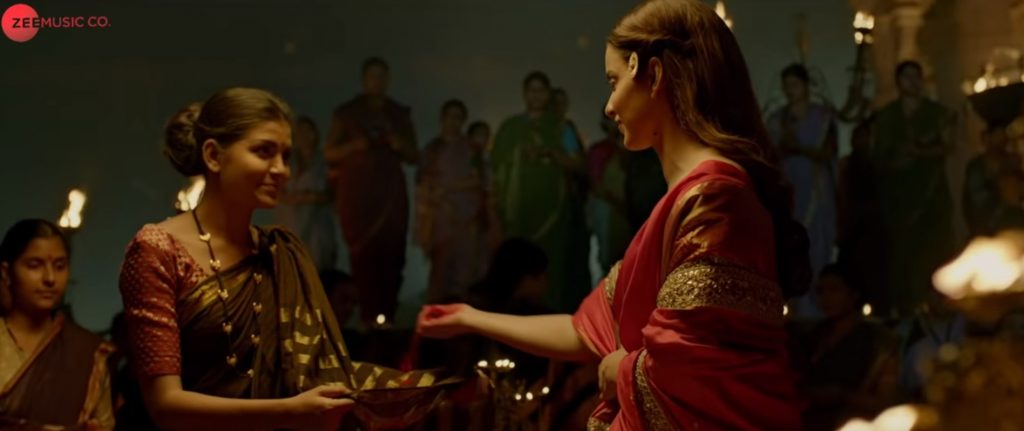
These early sequences tell us everything we need to know about Manu. So later in the film, when she stares at the Brits dead in the eyes, with seethed anger, refusing to bow, we’re right there with her. Let’s get one thing out of the way first: Kangana Ranaut is phenomenal. Her eyes are always wide open and piercing, doubling as windows to her soul, which is made of patriotic rage. It’s not easy to play a role like this. To be both feminine and fierce. But Kangana Ranaut nails the duality of the character. Her face glows when she’s with her husband, who she loves dearly. There’s a gracefulness about her movements in these scenes, as the camera zooms in on her tender features and long eyelashes.
She oozes maternal warmth when she talks to the villagers of Jhansi — she takes care of them and treats them as equals. In a nice bit of writing (by Vijayendra Prasad, who seems to be the go-to guy to pen epics… Baahubali 1&2, the flashback sequences of Mersal) she tells a villager “aren’t you going to serve me milk from your cow?” — the upper-class royalties don’t usually drink out of the cups of the lower class commoners. But with the Brits, she’s intense and unbending. Ranaut has always been a talented actress. But here, she’s hypnotic. I couldn’t take my eyes off her, transfixed like a python under the spell of a snake charmer. When she delivers rousing speeches (there are many), I wanted to march into battle with her; to sacrifice my life for India — and I’m Malaysian for god sake.
There’s also a rawness to her performance that at times becomes borderline scary. And I mean that as a sincere compliment. When she roars, it feels like legitimate battle cries of a desperate gladiator, filled with pain and suffering and a hunger for justice. At one point, she stands in front of a statue of the Hindu goddess Kali. Towards the end of the film, when she slashes through the British flag and we see her through the tear in the cloth, face bathed in the blood of fallen British soldiers… it’s as if she actually becomes Kali. It’s a powerful image created by Ranaut/Krish and photographers Kiran Deohans and Gnana Shekar V.S. Almost as powerful as the image of her being engulfed by flames.
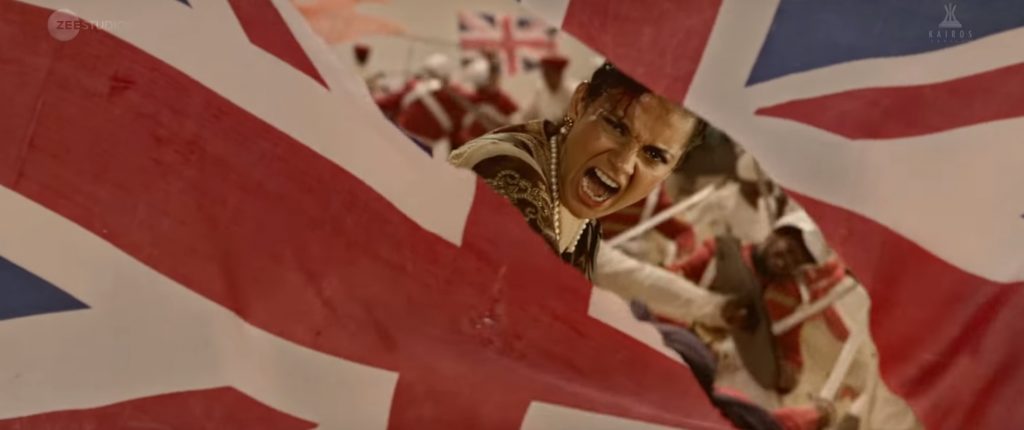
If it wasn’t obvious enough, Kangana Ranaut is unquestionably great as the leader of the rebellion. What’s not so great is Kangana Ranaut as a director and this is where things get all sorts of convoluted. The TL;DR version of it (because we’re here to talk about the movie, not the behind-the-scenes politicking) is that Ranaut took over (some say hijacked) the project from Krish during post-production and ordered a massive reshoot. It’s reported that close to 70% of the final product we see in cinemas is Ranaut’s.
I’m personally not a fan of directors also starring in the leading role of their film. Will said person be able to let others share their spotlight? Will they be able to knock their character down a peg or two if necessary? In the case of Manikarnika, the answer is a resounding no. Look, we don’t know how much of what we’re getting is based on Vijayendra Prasad’s original screenplay and how much of it is Ranaut’s changes during reshoots (director Krish says a lot of it is meddling by Ranaut), but boy does this film only care about Manu/Lakshmibai.
For a lengthy (this film runs at two hours and 30 minutes), sprawling film to truly work; to truly be considered an epic, we need a plethora of interesting characters to be invested in. In the Baahubali saga, all the characters are distinct and rich in personality. On top of Baahubali and the villainous Bhallaladeva, there’s also Ramya Krishnan’s Queen Sivagami, the always loyal to the throne, Kattapa, Baahubali’s fearsome wife, Devasena, Bhallaladeva’s slimy father Bijjaladeva and on and on. The same can be said about The Lord of the Rings.
Here, however, all the supporting characters recede into the far reaches of the background. Forget background. How about far reaches of the abyss? Aside from Manu, who later becomes Lakshmibai, nobody has anything resembling a meaningful arc. Instead, we get a long string of hero glorification shots.
And what about the British actors who are not only underwritten (they’re stereotypical caricatures) but also poorly performed? It’s one thing to speak rubbish Hindi (that actually makes sense), it’s another to speak English as if they’ve got sticks high up their bums. What’s up with Indian cinema and Western actors? Where does the industry keep finding these jokers from? To put things into perspective: Amy Jackson would look like Meryl Streep next to them.
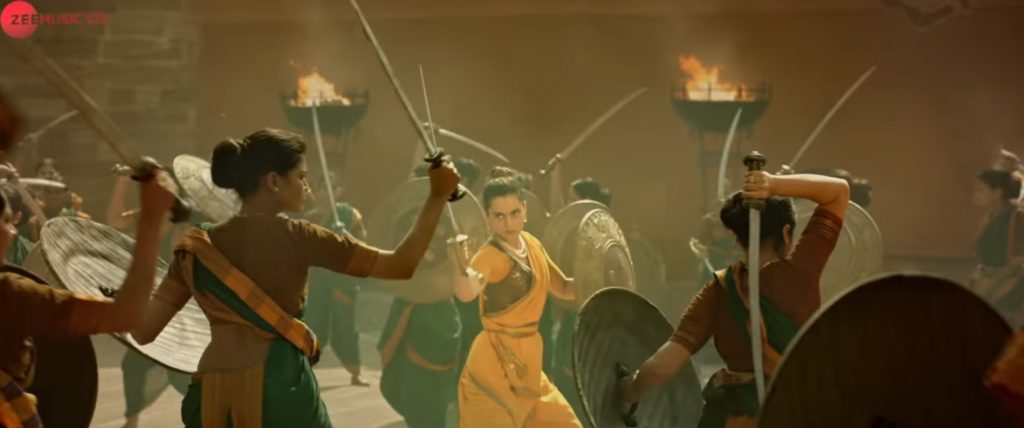
There’s also the pacing. These kinds of films require controlled escalation of conflict. We need to feel the narrative noose tighten slowly. But Manikarnika doesn’t flow smoothly from scene to scene to scene. It wobbles and stumbles like a toddler learning to walk, making the film’s runtime feel exhaustingly long. There’s also the questionable creative decisions. Why would you spend time (somewhat) building up a villain — there’s a scene where Captain Gordon takes over the castle from Manu and burns down her library — only for us to learn about his off-screen death nonchalantly in a throwaway line? Let’s not even get started on the noticeably terrible CG.
But despite its many issues, I’d be lying if I said it wasn’t remotely entertaining. If I wasn’t a fan of Kangana Ranaut as an actor before this, I sure as hell am now. Her transfixing performance single-handedly makes this film more than watchable. Ironic, considering she, as a director, might have single-handedly made this film almost unwatchable.
But she’s not an incapable helmer. There are plenty of stirring sequences here that will be ingrained in our memories. Besides the aforementioned ones, there’s also a scene where she rallies the women of Jhansi into battle and the training sequence that follows, accompanied by yet another fantastic Shankar-Ehsaan-Loy track (below). I felt chills run down my spine and waterfalls down my cheek. Nuff said.

Follow us on Instagram, Facebook or Telegram for more updates and breaking news.


